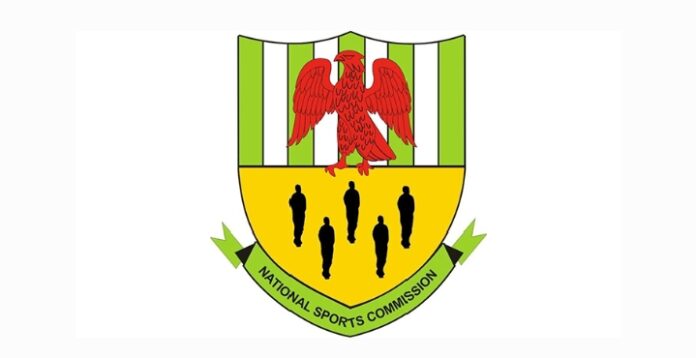Your lower back does a lot more than you think. From helping you stand tall to letting you bend, twist, and carry, the lumbar spine is the backbone of daily life literally. But with age, wear and tear can take a toll. One of the most common consequences? Lumbar spondylosis.
If you’ve ever been told that your lower back pain is due to “degenerative changes” or “wear and tear,” chances are you’re dealing with lumbar spondylosis. But what does that actually mean? Let’s break it down.
What Is Lumbar Spondylosis?
Lumbar spondylosis is a degenerative condition affecting the lower part of your spine. It involves the gradual breakdown of the vertebrae, discs, and joints in the lumbar region, usually due to aging.
Think of it like this: over the years, the spine experiences the equivalent of mechanical erosion. The shock-absorbing discs shrink, the bones rub against each other more, and tiny bone spurs (osteophytes) may form. The result? Pain, stiffness, and sometimes nerve-related symptoms.
Who Gets It And Why?
While it’s most common in people over 50, lumbar spondylosis can begin developing much earlier, especially in those with:
Sedentary lifestyles
A history of heavy lifting or back strain
Poor posture
A family history of spine problems
Smoking or poor nutrition (which affect disc health)
Basically, it’s your back’s version of “mileage.”
Symptoms: More Than Just A Backache
While some people have lumbar spondylosis with no symptoms at all, others may experience:
Chronic lower back pain, especially after activity
Stiffness, particularly in the morning or after sitting
Sciatica – pain that radiates down one or both legs
Tingling or numbness in the legs or feet
Muscle weakness
In severe cases: difficulty walking or problems with bladder/bowel control (which require immediate medical attention)
How Is It Diagnosed?
Doctors typically start with a physical exam and your medical history. To confirm the diagnosis and assess the extent of the damage, they may recommend:
X-rays – to see bone spurs and disc space narrowing
MRI or CT scans – to view nerves and soft tissues
Nerve tests (EMG) – if leg pain or weakness is involved
Treatment: Managing the Wear And Tear
There’s no “cure” for lumbar spondylosis, but many people manage it successfully without surgery. The goal is to relieve pain, improve function, and prevent further damage.
Conservative (Non-surgical) Treatments:
Physical therapy: Exercises to improve flexibility, posture, and strengthen core muscles
Medications: Pain relievers, anti-inflammatory drugs (NSAIDs), and muscle relaxants
Heat and cold therapy: To reduce pain and inflammation
Activity modification: Avoid heavy lifting or twisting
Weight loss: Even a few pounds can reduce pressure on the spine
Advanced Options:
Spinal injections: Corticosteroid injections can calm inflammation near irritated nerves
Chiropractic or osteopathic care: Manual adjustments may offer relief
Surgery (as a last resort): If conservative treatments fail and nerve compression is severe
Prevention: Start Young, Stay Strong
You can’t stop aging, but you can protect your lumbar spine:
Stay active – Regular exercise keeps the spine healthy
Strengthen your core – Your abs and back muscles support the spine
Mind your posture – At your desk, on your phone, or while lifting
Don’t smoke – Smoking speeds up disc degeneration
Eat for bone health – Calcium, vitamin D, and magnesium matter.
Lumbar spondylosis is one of those conditions that creeps up over time—but it doesn’t have to sideline you. With the right knowledge and proactive care, you can stay mobile, manage pain, and protect your spine well into your later years.
So the next time your back aches after a long day, don’t ignore it.
It could be your lumbar spine asking for a little more attention and a lot more care.
We’ve got the edge. Get real-time reports, breaking scoops, and exclusive angles delivered straight to your phone. Don’t settle for stale news. Join LEADERSHIP NEWS on WhatsApp for 24/7 updates →
Join Our WhatsApp Channel
 2 hours ago
2
2 hours ago
2















 English (US) ·
English (US) ·